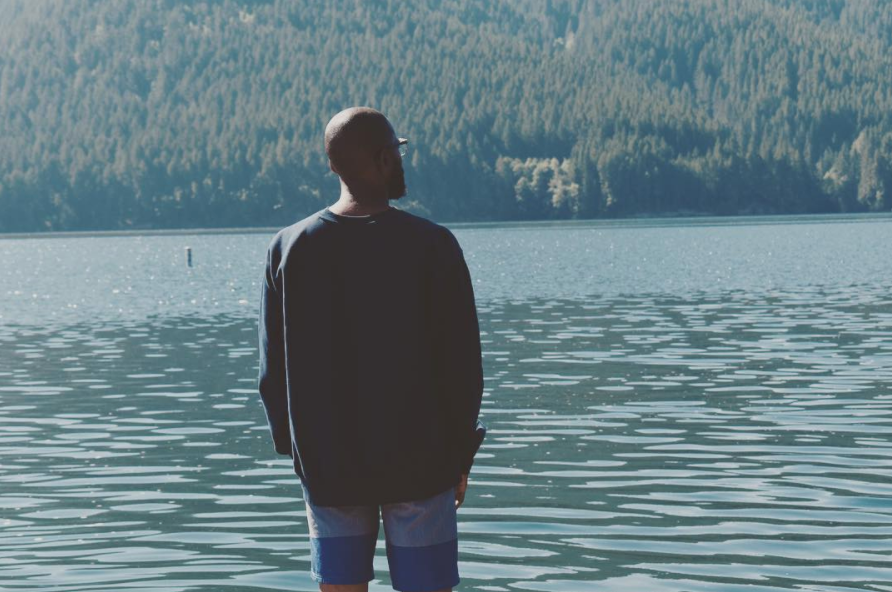(Photo above courtesy of Joshua Thomas)
Joshua Thomas embraces his inherent self-worth as a Black LGBTQ+ youth.
As a gay black man growing up in a religious family and conservative community in Illinois, I had always struggled to find my place in the world. I would often cry myself to sleep and pray to change my sexuality only to find myself more depressed and unhappy.
As time went by, I eventually lost all sense of self. This led me down a road of toxic relationships, with one in particular that almost ended my life in 2014. My boyfriend and I had gotten into a heated dispute and, in his intoxication, he told me to run in front of a moving car. Not seeing the value of my life any longer, I did as he said. After suffering a concussion, I woke up in the hospital with multiple broken bones.
At age 22, it took a brush with death for me to realize that I hadn’t yet dealt with the pain and insecurities of my past. I knew this was preventing me from being the best person I could be.

Photo courtesy of Joshua Thomas
With a second chance at life, I was inspired to make a change and moved to Portland, Oregon, four months into my recovery. It was at my job at a local food bank where I first learned about Buddhism. A co-worker had mentioned to me that she was Buddhist. Two weeks later, I went to my first local discussion meeting.
I was excited to learn more about the practice but was consumed by my own doubts and uncertainties. I couldn’t commit to attending any more Buddhist meetings, but I chanted on my own for the next four to five months.
During this time, I found myself in another abusive relationship. My partner’s alcohol-infused outbursts triggered my trauma from the car accident, and I turned to irrational behavior that went against my values. Desperately wanting to get to the root of my suffering, I finally decided to receive the Gohonzon in May 2017.
Since then, I’ve been sincerely devoted to my practice and haven’t missed a single neighborhood Buddhist meeting.
I also began chanting Nam-myoho-renge-kyo to share my difficult experiences around race, sexual orientation and my accident as a way to inspire others while healing myself.
Through this prayer, my life has opened up to the many opportunities in the community. I’m now working with several community groups to engage in the therapeutic process of sharing my stories with those who are in need of support, including the Portland Art Museum’s project “Objects of Story,” which featured my profile in an exhibition.
I am inspired by this guidance from Daisaku Ikeda in My Dear Friends in America:
In the teachings of Nichiren Daishonin we find the passage, ‘The cherry, the plum, the peach, the damson ... without undergoing any change.’ This passage confirms that there is no need for everyone to become ‘cherries’ or ‘plums’ but that each should manifest the unique brilliance of his or her own character. This simile points to a fundamental principle of appreciation for diversity that applies equally to human beings and to social and natural environments. As the concept of ‘revealing one’s intrinsic nature’ indicates, the prime mission of Buddhism is to enable all of us to blossom to the fullest of our potential.
third edition, p. 366
I can now live confidently each day based on my Buddha nature, my genuine self. I’ve finally found my place in the world.
With this conviction, I’ve been introducing Buddhism to my friends and family, and people in the community. After sharing Buddhism with a young woman at a car wash, she attended an intro-to-Buddhism meeting and enjoyed it so much that she decided to start chanting herself.
I can now live confidently each day based on my Buddha nature, my genuine self. I’ve finally found my place in the world.
